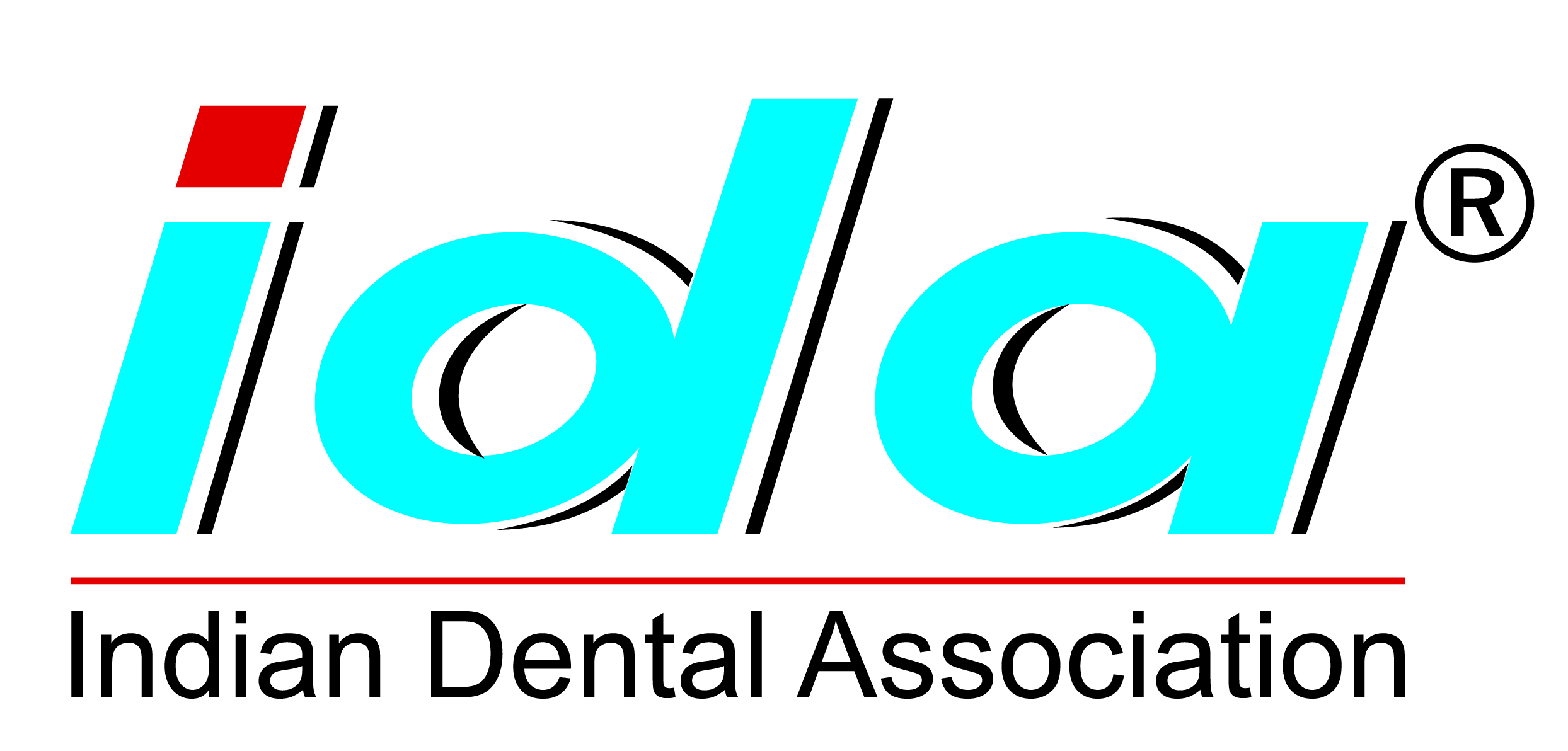Cardiovascular diseases affect a large section of the population. A wide array of
medication; are used to treat such disorders. However the primary mechanisms involve
the renin- angiotensin system mediated via renal mechanisms and nervous system control
via adrenergic supply.
-
Prior to performing any dental procedure on a patient with a cardiovascular disease,
a base line recording and evaluation of patients blood pressure and heart rate is
imperative.
-
Patients medication regimen should be recorded and updated. It is important that
these patients take their medications at scheduled times, irrespective of dental
appointment, to minimize the possibility of intra operative hypertension or tachycardia.
-
Many of these drugs can cause orthostatic hypotension. Dentists should have the
patient sit up in the dental chair for 1- 3 minutes after being in a supine position
and monitor the patient while he/she is standing.
-
Use of epinephrine in local anaesthetics should be kept minimum and extra care while
aspirating; must be taken to avoid intravascular injections. It has been recommended
that no more than 40Ug (0.04mg or approximately two 1.8 cubic- centimeter cartridge
of local anaesthetic with 1:100,000 epinephrine) should be used for successive dental
aneasthetic injections in cardiovascular patients. Additional injections with epinephrine
can be given after 5- 10 minutes provided the base vital signs are satisfactory.
-
Use of gingival retraction cord with epinephrine is absolutely contraindicated in
cardiac patients.
-
Consultation with patients physician is essential for patients on anticoagulants,
before dental procedures involving bleeding.
Used in cardiac dysrhythmia, hypertension and other cardiac diseases.
Common examples of antiarrhythmic drugs: Disopyramide, phosphate, Quinidine, Procainmide,
Mexilitene, Verapamil, Diltiazam.
-
Most of the Class I and Class II patient may rarely cause luekopenia, thrombocytopenia
or agranulocytosis. Consider medication-induced adverse effects if gingival bleeding
or infection occurs.
- Quinidine and amiodarone can cause bitter or altered taste.
These drugs are used to treat CCF and certain dyrrthymia such as atrial fibrillation.
Common drugs used in this; group are: Digoxin.
- Increased gag reflex is possible.
-
The patients anticoagulant status as well as the need for endocarditis prophylaxis
should be evaluated.
-
Patients taking sublingual nitroglycerine should have this medication available
at all dental appointments.





